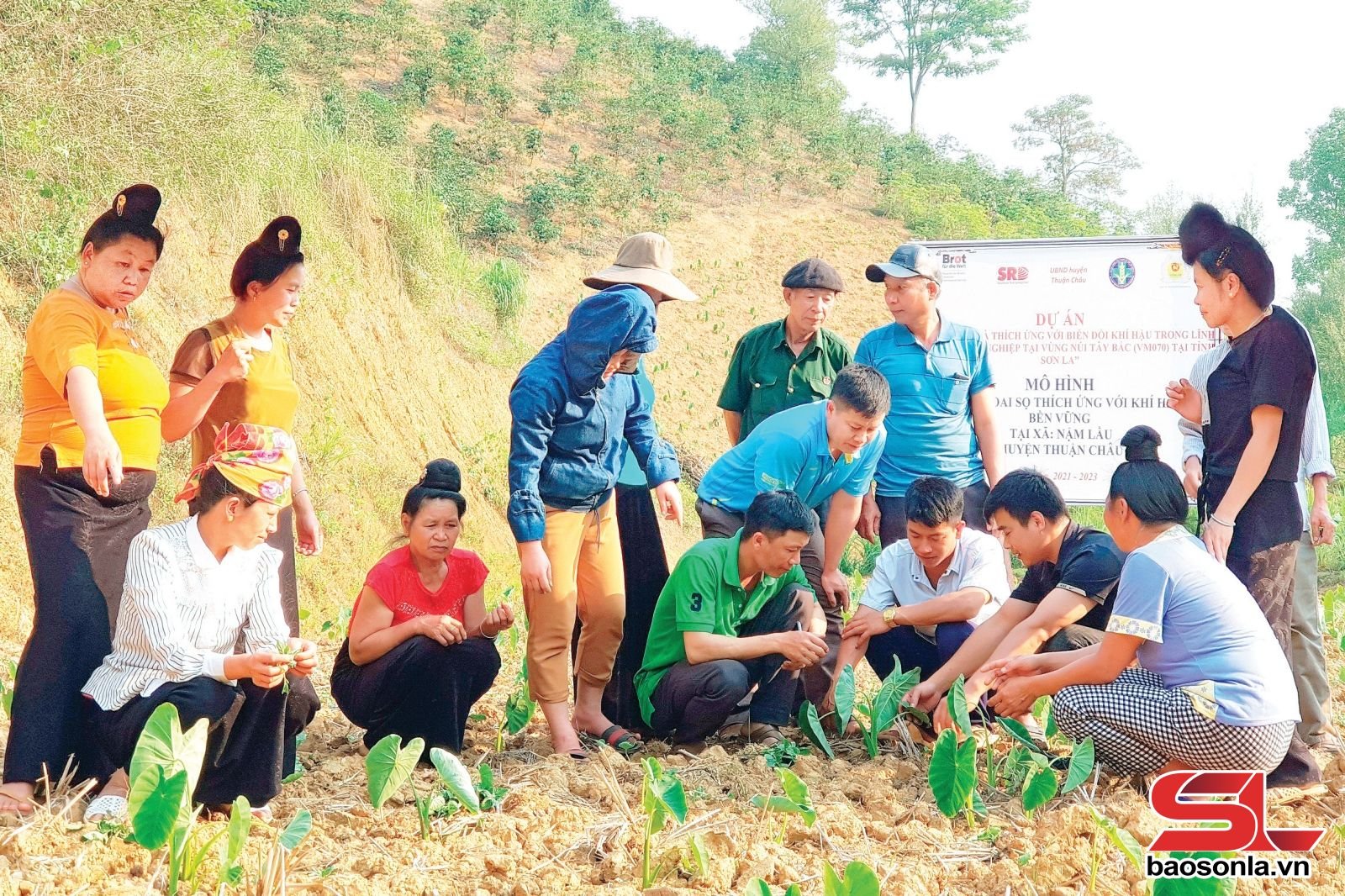
Photo: PV
The project will be implemented from August 2024 to December 2026 in the communes of Nam Lau, Muoi Noi, Binh Thuan and Muong E, with aid provided by the Bread of the World (BftW) organization, with a total project implementation capital of over 23.1 billion VND, of which non-refundable aid capital is over 17.3 billion VND, the rest is local counterpart capital.
Mr. Bui Quoc Quan, Center for Sustainable Rural Development (SRD), project operator, said: Since the beginning of the year, the project has focused on activities supporting agriculture and circular economy , and forest protection. The Center has conducted field surveys at 125 households in communes in the project area implementing circular economy models; organized 15 training courses on general knowledge about circular economy for 372 people.
According to Mr. Quan, each commune selects 3 to 5 people to be trained in circular economy and communication skills to join the community trainer group. At the same time, support 29 households to install and operate biogas tanks; provide probiotics to 180 households to treat livestock waste in compost tanks; instruct on how to make homemade probiotics to clean livestock barns, reduce environmental pollution and take advantage of agricultural by- products such as manure and straw.
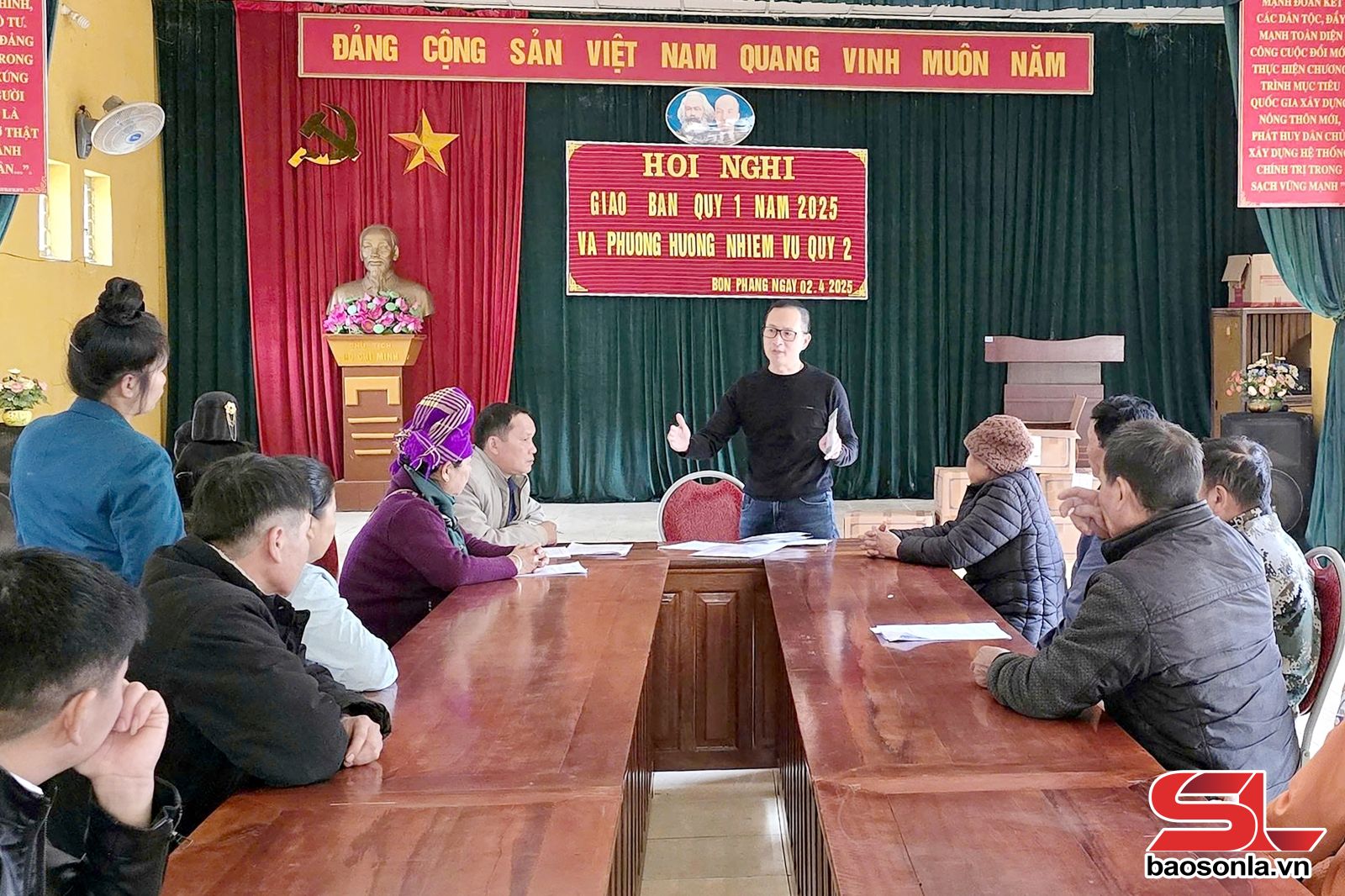
Mr. Ca Van Quy, Noong O village, Muoi Noi commune, said: My family raises sow, specializing in supplying breeding pigs to the market. Since the project supported the installation of a biogas system, my family has been able to use the gas for cooking without spending money on fuel, and has fertilizer for plants, keeping the environment cleaner.
In the forestry sector, the Center for Sustainable Rural Development and its partners have organized intensive training courses on the role of forests, biodiversity and forest regeneration techniques using seed cannons; established 10 forest protection and management teams, each with 20 members; organized 5 training courses on forest fire prevention and fighting for members of the self-management teams. In coordination with the forest rangers, a survey of forest and cultivated land was conducted, identifying suitable areas for planting restoration forests and shade trees for coffee, with the goal of restoring 50 hectares of secondary forests and planting scattered trees in coffee gardens, plum fields, or fallow fields.
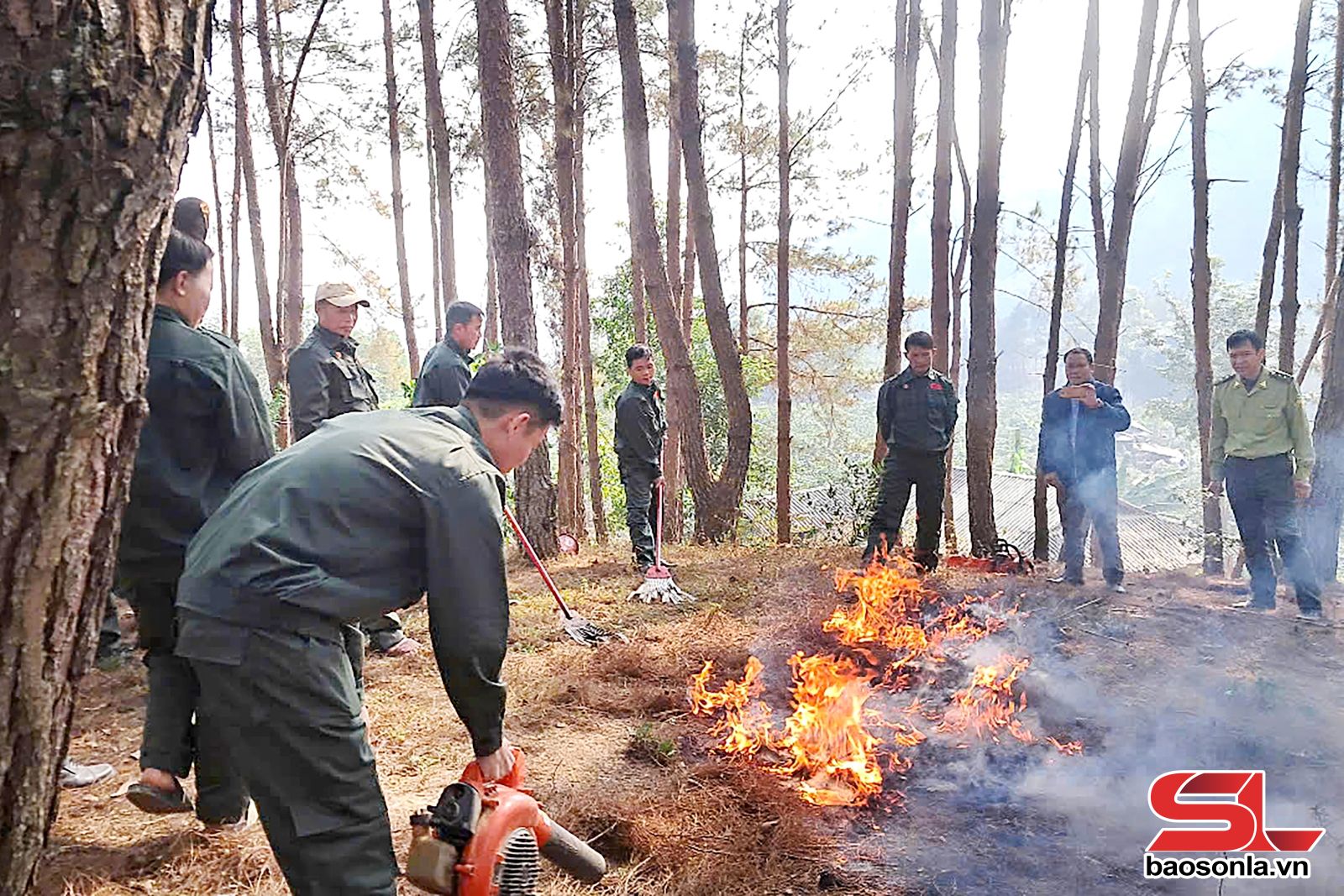
Ms. Cam Thi Phong, Deputy Director of the Department of Agriculture and Environment, said: Despite the change in administrative boundaries, the project continues to be implemented, adjusting the composition of the Project Management Board at the commune level. The Department has directed the Department of Cultivation and Plant Protection and the Department of Forestry to closely coordinate with the Center for Sustainable Rural Development to implement the committed models. In July, the project implemented the restoration of 20 hectares of natural forest and 30 hectares of scattered forest on the upland land of households.
With the orientation of closely following the local socio-economic development programs, in the coming time, the project will continue to implement training activities on circular economy, expand the agricultural by-product treatment model, strengthen communication and raise public awareness. Gradually transition to effective circular economic models, maximize the exploitation of existing agricultural by-products and develop sustainable forestry.
Source: https://baosonla.vn/lanh-te/mo-hinh-lanh-te-tuan-hoan-thich-ung-bien-doi-khi-hau-mQn5aPyNR.html







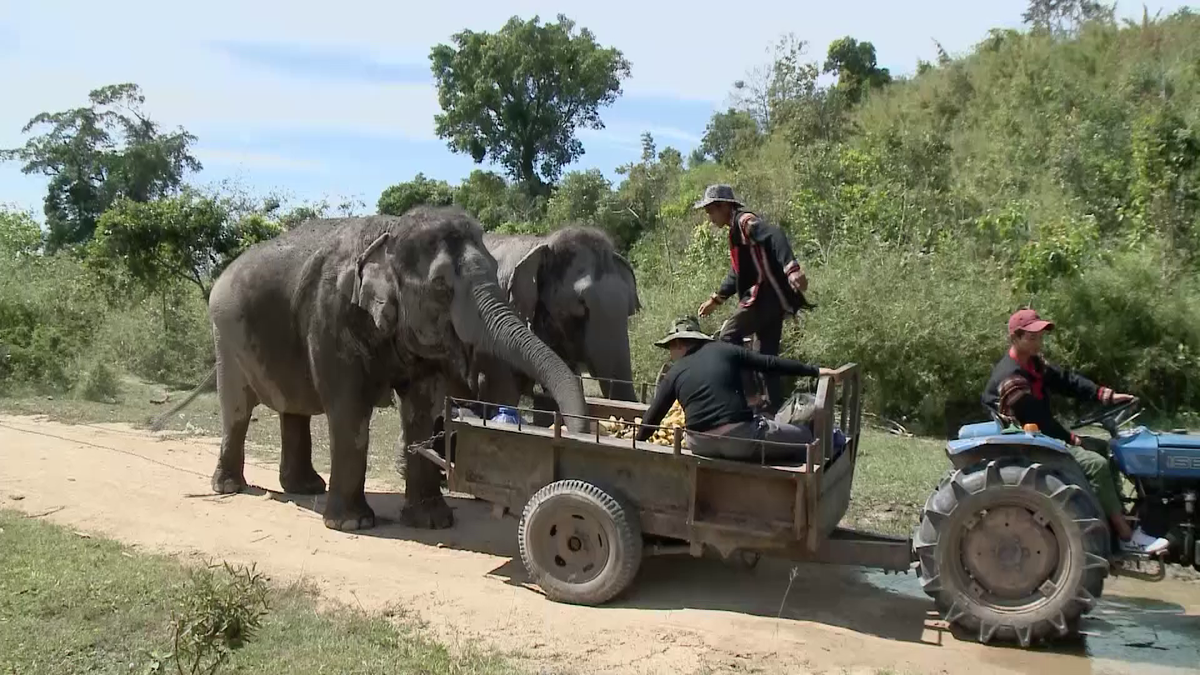
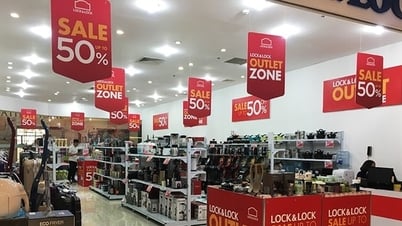

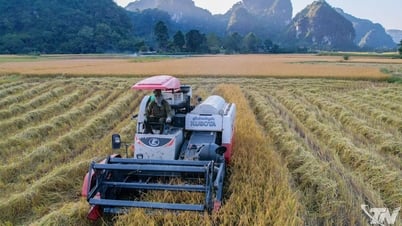

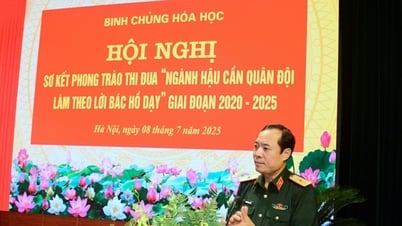

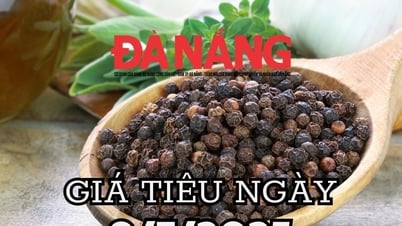

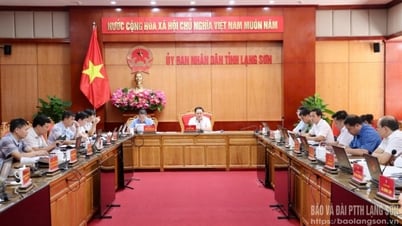

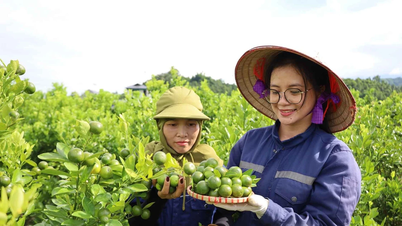





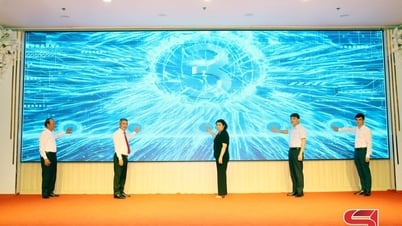
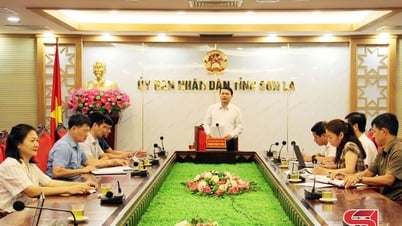
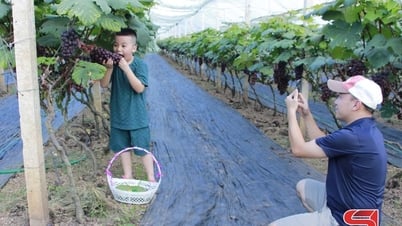
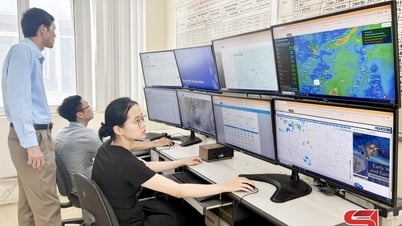
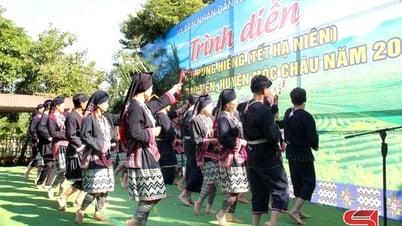
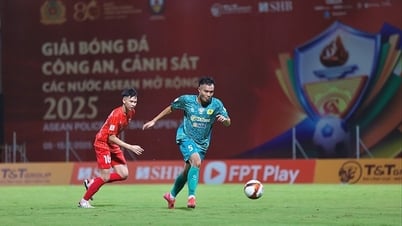







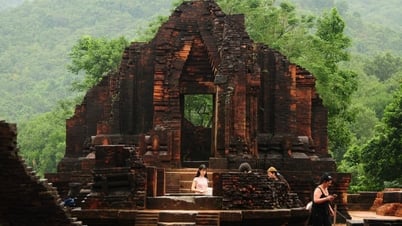
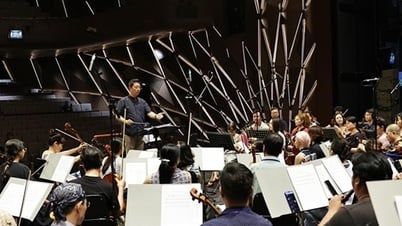

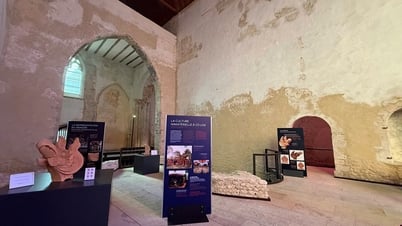





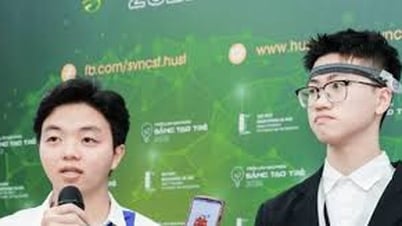

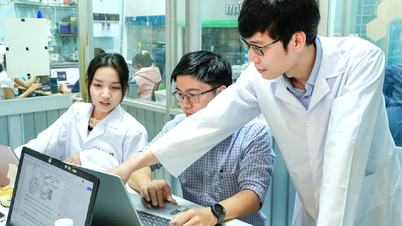


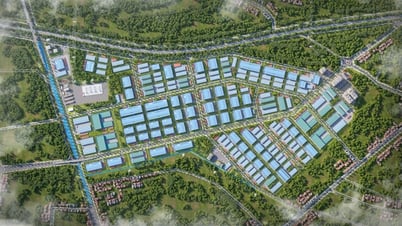



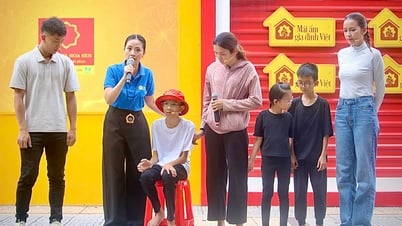
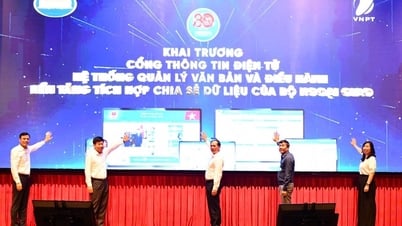
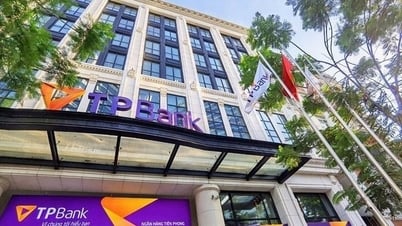
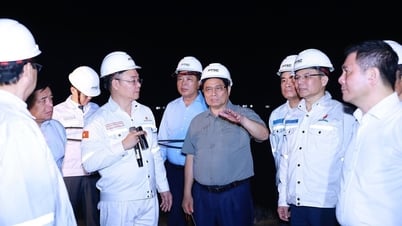
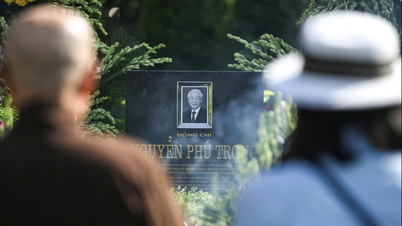
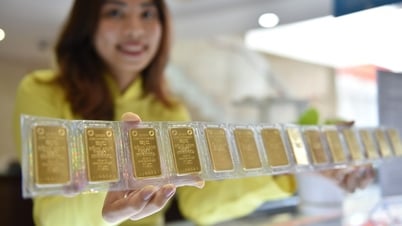
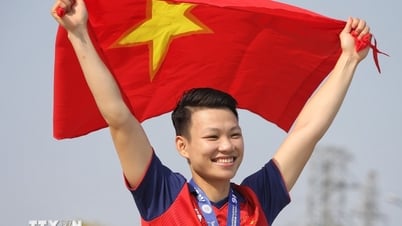


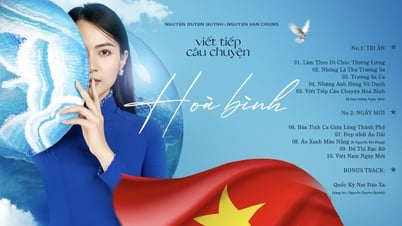


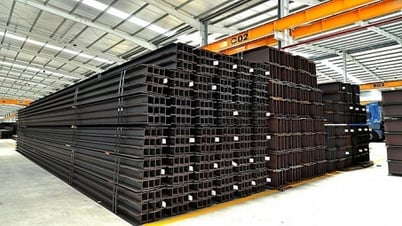


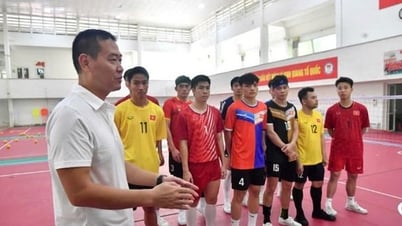

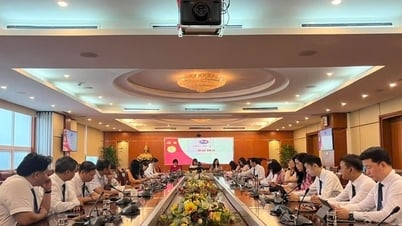

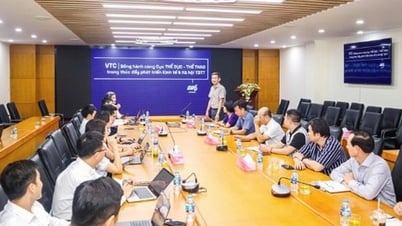
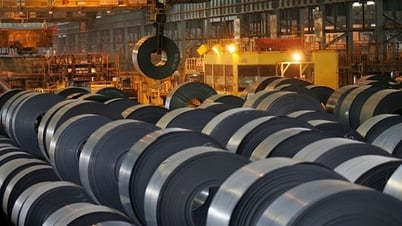
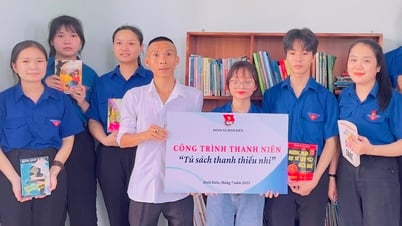

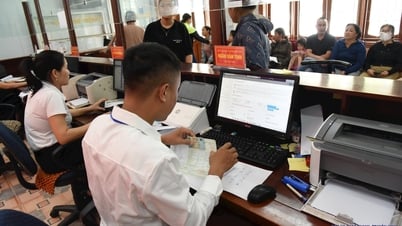

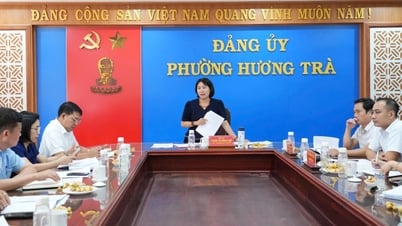
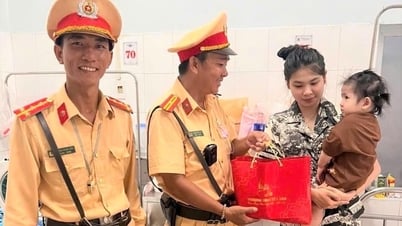
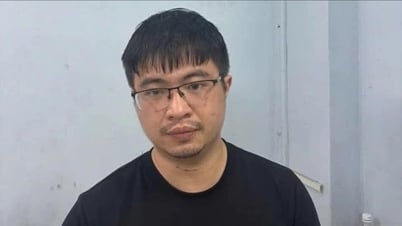

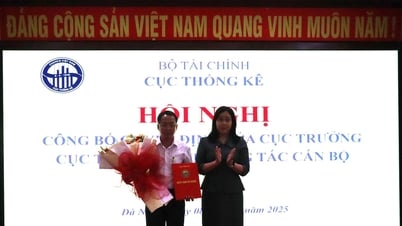









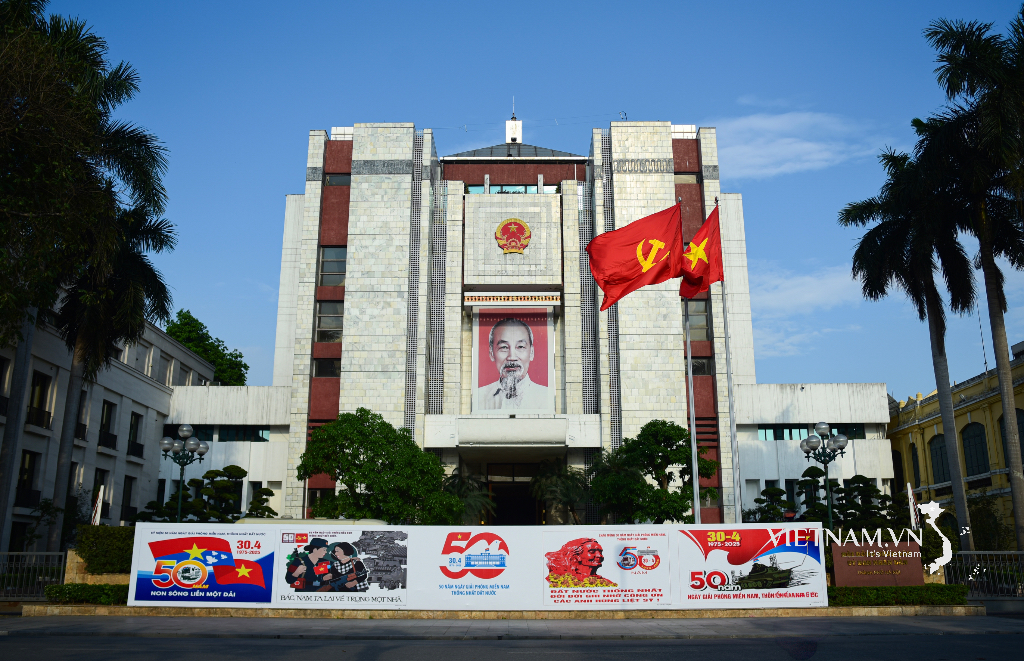
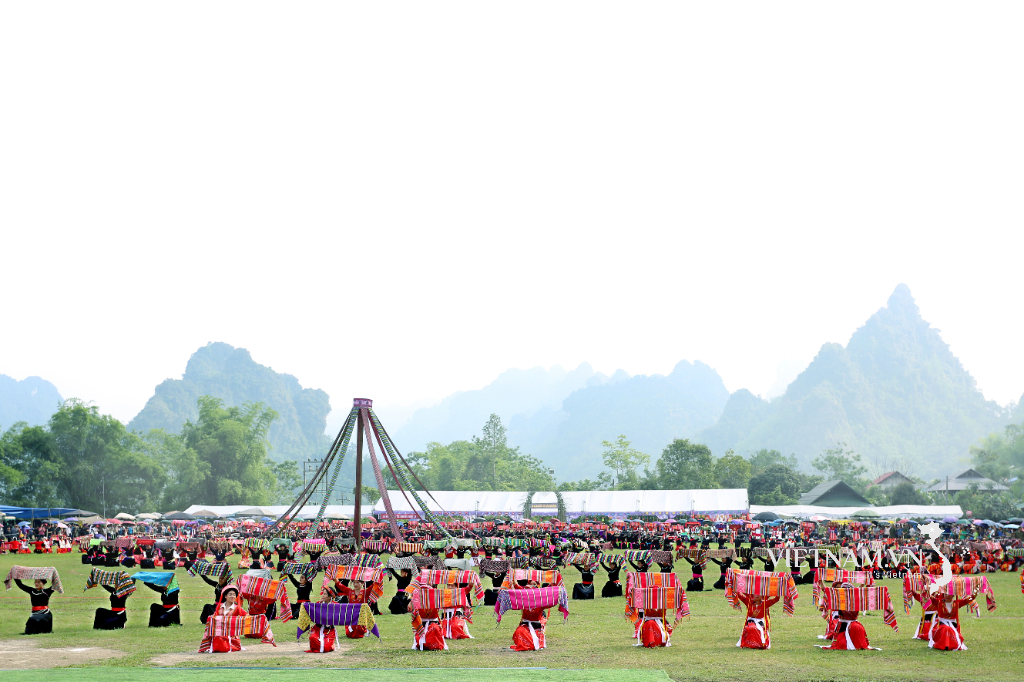
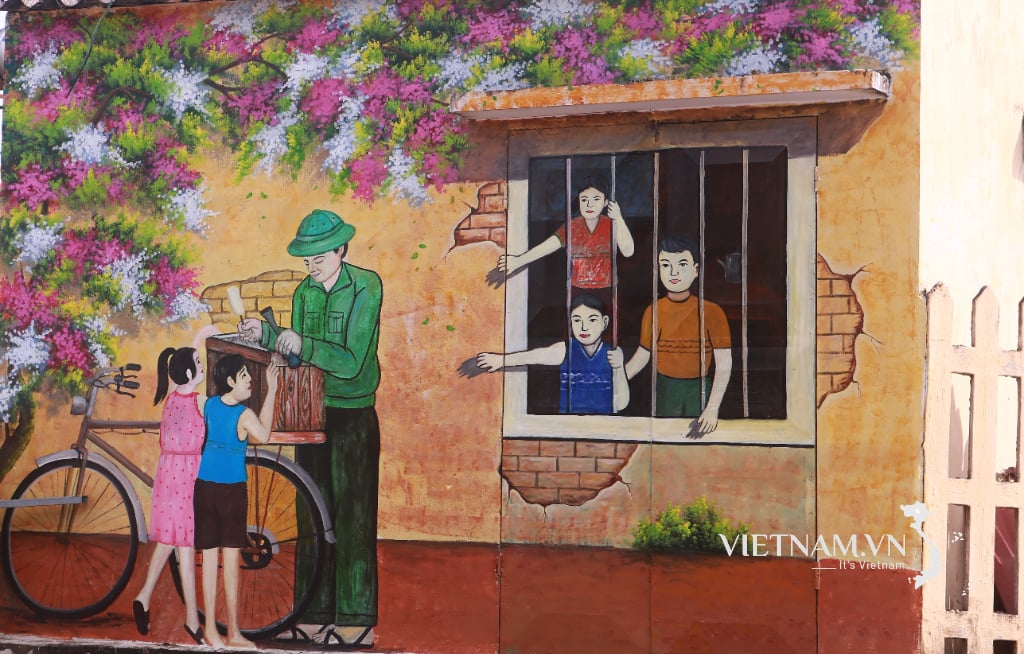
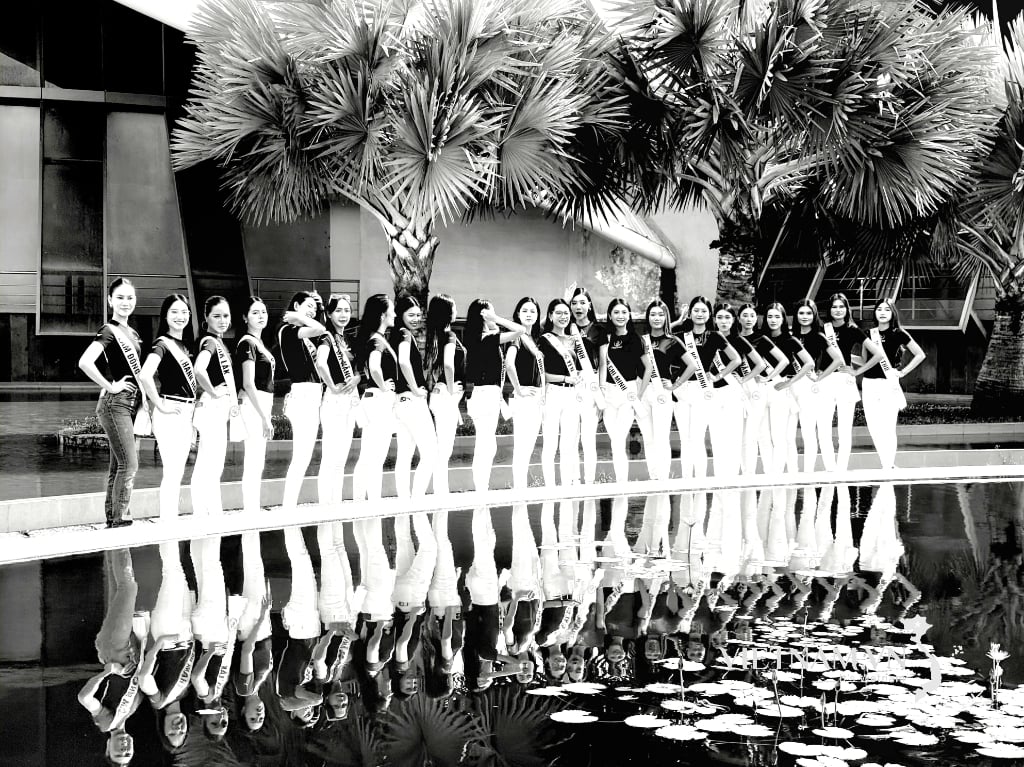
Comment (0)